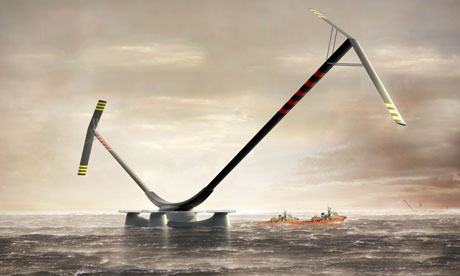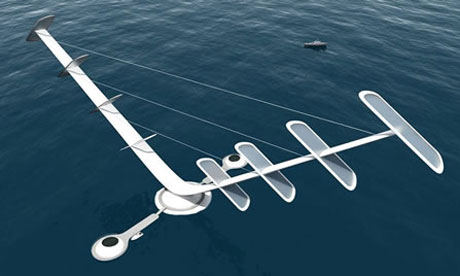This article on Reuters http://www.reuters.com/article/2011/06/24/idUS24604452520110624 would suggest so. They have focussed on a startup called Nuvve which, based in Denmark which has a lot of intermittent, renewable power. They actually need a serious amount of storage innovation to use all of it – rather than export usually most of it to Norway and Germany as they currently do. According to another piece from Greentech Media;
http://www.greentechmedia.com/articles/read/can-nuvve-make-v2g-work-in-the-real-world/
Nuvve’s innovation is in the server connecting the EVs to the grid operator and in sharing revenue with the EV owners, potentially reducing the overall cost of the EVs. Nuvve’s server is the arbiter between the EV batteries and the power market through the system operator.
Energy storage is a non-intuitive and tricky market to crack. The seemingly obvious energy arbitration market — buying low at off-peak and selling high at peak — is the least rewarding revenue stream in the current regulatory scheme. Ancillary services like frequency regulation might be the lower-hanging fruit in the V2G application. The world market for frequency regulation is large, currently around $6 billion, and estimated to grow to $12 billion by 2020, according to Nuvve.
The last point fascinates me. Frequency regulation is deemed to be a better market for V2G power than arbitraging peak and off-peak electricity.
This is in all likelihood to do with the forthcoming – highly complex and demanding – roll out of smart grids on the distribution network, i.e. the level below big industrial power stations.
This is all interesting but runs the risk of building further complexity on complexity – hardly a recipe for low cost, consumer gain outcomes. So why can’t someone go for the plain on vehicle to home grid solution?
Straightforward arbitrage of offpeak to peak load power would suit me fine. Or even buying corporate rate electricity from the workplace and transporting back home in your electric car !
I




 There’s actually been no serious attempt to build them any bigger than 5 MW in scale since 2005 and most investors plump for 3 MW turbines. They have reached an evolutionary dead-end. So what’s the alternative?
There’s actually been no serious attempt to build them any bigger than 5 MW in scale since 2005 and most investors plump for 3 MW turbines. They have reached an evolutionary dead-end. So what’s the alternative?